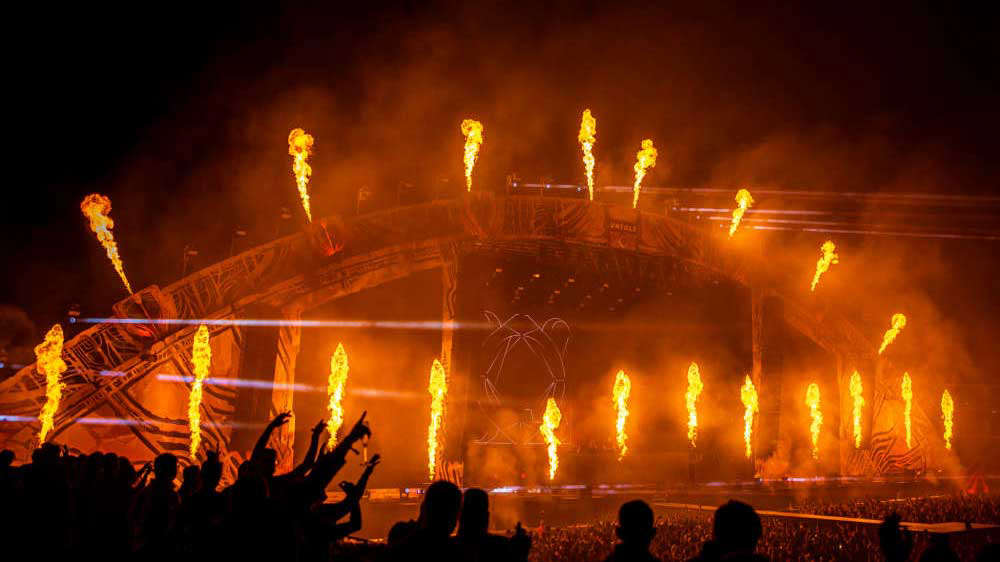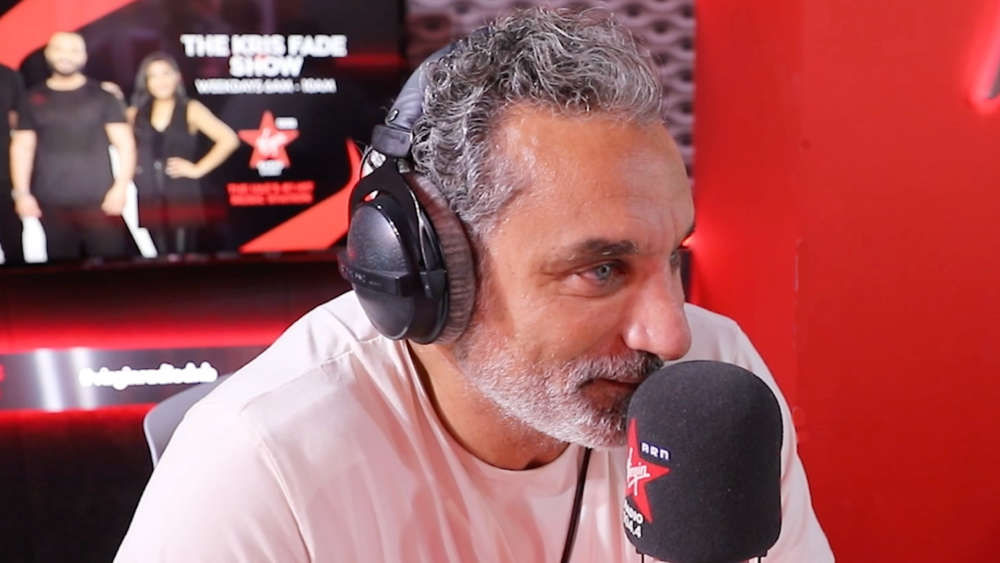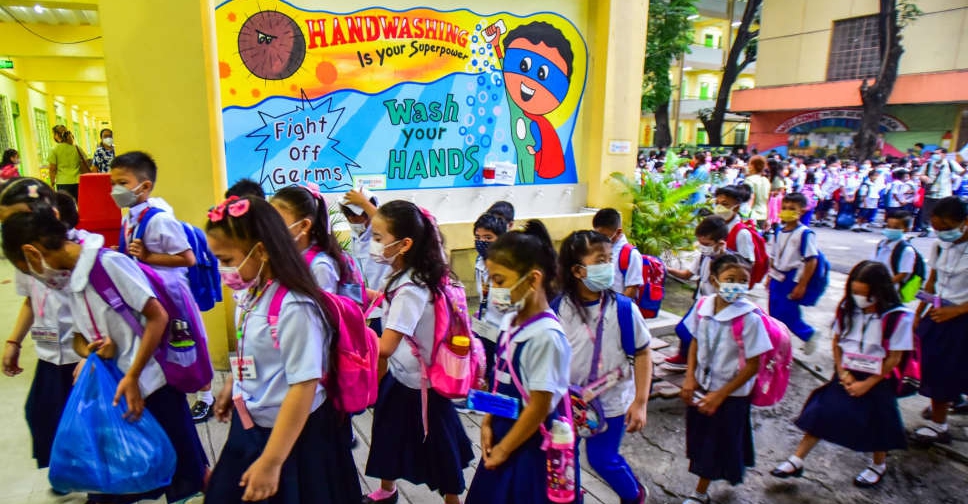
Millions of Philippine students returned to classrooms for the first time in more than two years on Monday, after the country lifted most remaining COVID-19 curbs to try and reverse learning losses.
Students, all wearing face masks, queued to enter their classrooms and attended flag raising ceremonies in their schoolyards across the Southeast Asian country as the government phases out remote learning.
"For two years, we longed for face-to-face classes so even if there's a flood, we will continue our lessons," said school teacher Mylene Ambrocio, 37, as she stood in ankle-deep water in a classroom in Pampanga province north of the capital. "I am happy to see the children face-to-face."
Precautions such as temperature checks, mandatory masks and limits on the number of students per classroom remain in place.
The country's school closures due to the pandemic were among the longest in the world, with reopening delayed by slow vaccine rollouts and elections earlier this year.
In November, the education ministry pilot tested in-person classes involving almost 300 schools but only this week broadened that out to cover all schools as the new school year got underway.
The education ministry currently mandates students learn in-person for at least three days a week. Starting November 2, all schools should have transitioned to five days of in-person classes, it said.
The shift to online classes, self-learning modules and educational television and radio programmes has proven extremely challenging for the country of more than 110 million where less than a fifth of households have internet access and many lack mobile devices.
Officials have underscored how important in-person learning is for the economy to achieve long-term growth.
"We are committed to pursuing the country's full reopening, including the return of face-to-face schooling to address the learning losses and increase domestic activities," Economic Planning Arsenio Balisacan said earlier this month.




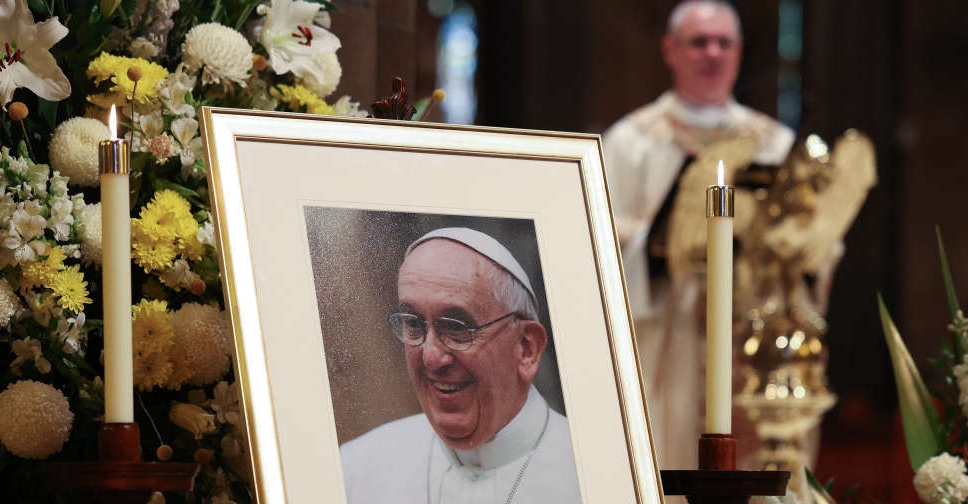 Pope Francis' funeral to be held on Saturday, Vatican says
Pope Francis' funeral to be held on Saturday, Vatican says
 Cardinals meet after death of Pope Francis, plan for funeral
Cardinals meet after death of Pope Francis, plan for funeral
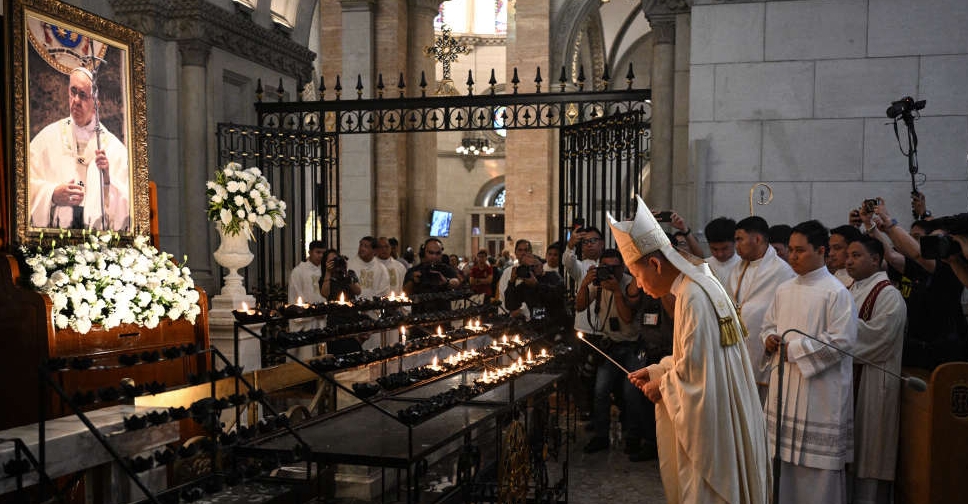 'A true father to us': Filipinos mourn Pope Francis
'A true father to us': Filipinos mourn Pope Francis
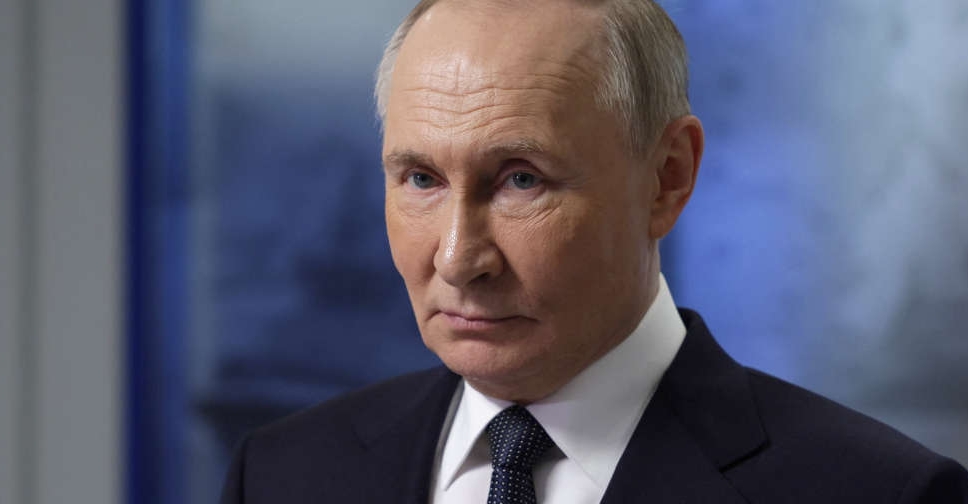 Putin says he is open to direct peace talks with Ukraine
Putin says he is open to direct peace talks with Ukraine
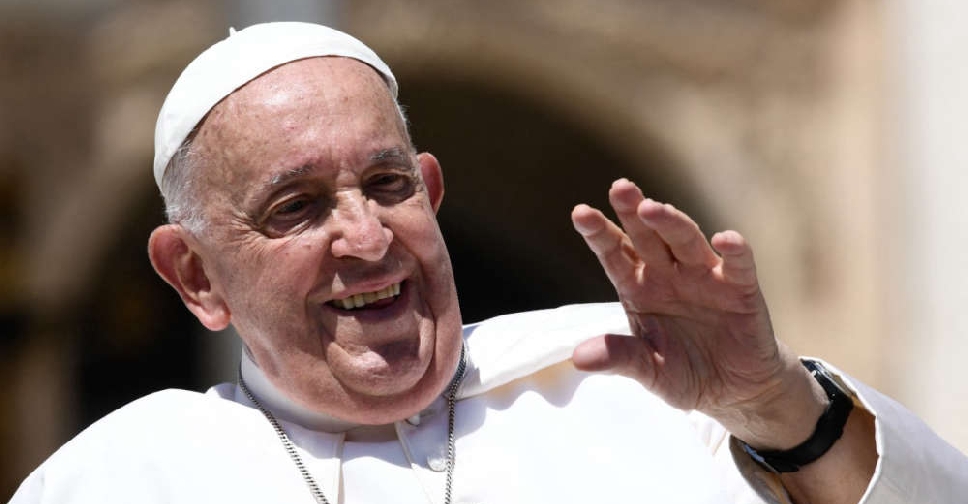 Pope Francis dies after stroke and cardiac arrest, Vatican says
Pope Francis dies after stroke and cardiac arrest, Vatican says


